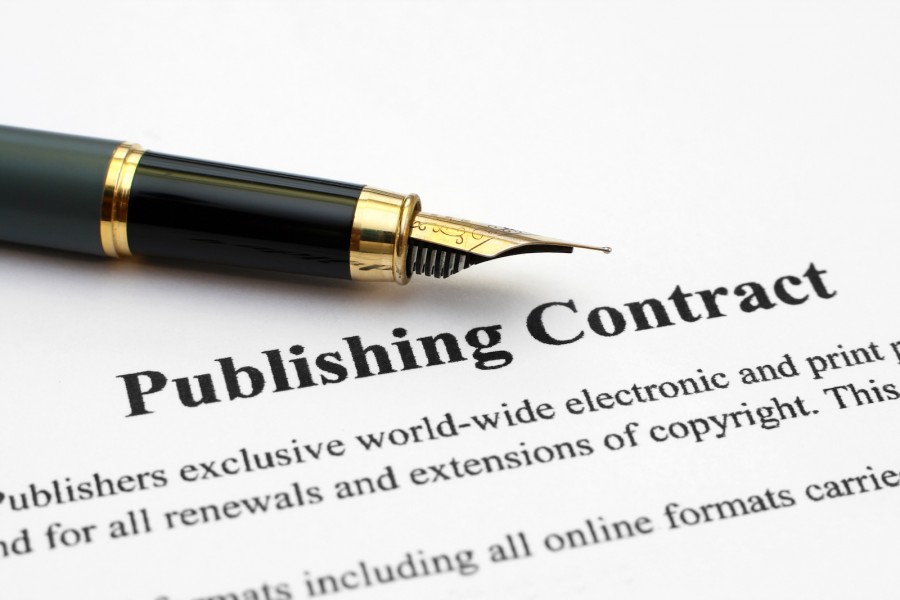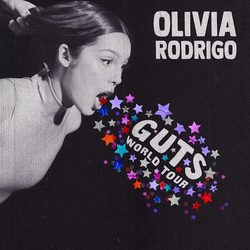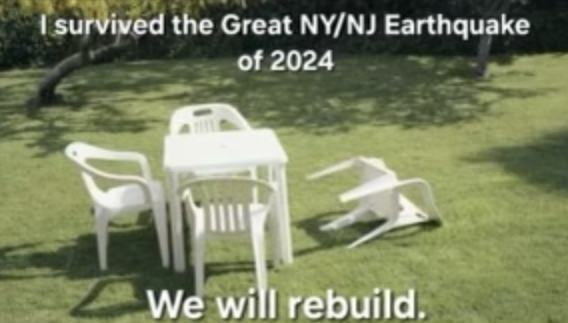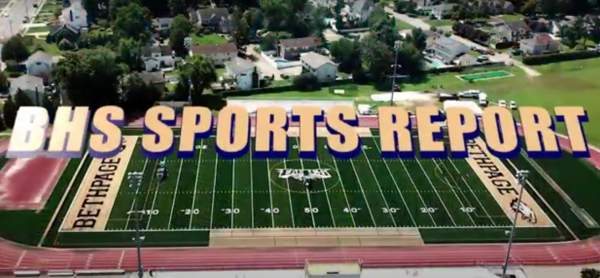The Road to Publication: Character Creation and Development
Editor’s note: This is part of a continuing series addressing creative writing.
The key to writing a great story revolves around not only a driven and well-written plotline, but also around creating wonderfully and intricately made characters an audience can connect to. As an author-in-progress myself, I work on this constantly during my own free time and also during school—when I’m given the chance to do so, much to the dismay of some of my teachers. Sometimes, the ideas for my characters or personas come from songs I’m listening to or shows I watch—perhaps even a game that I play. Original characters, whether we like to call them that or not, are the first step to writing a story that begs to be read.
- Step One: Naming your character – Conjuring a character from thin air is the easiest step, surprisingly. Do you have a name you really like, but you’re not sure if you’re ever going to put it to use? Bam! There’s your first character. Do you enjoy inventing names based on other names? Boom! Another character right there. As an example of this, I usually like to combine two names or take a name and scramble up the letters and create a new name to compensate for gender.
- Step Two: Persona – Now that you have your names for your characters, the next thing you’re going to want to do is establish personality and quirks. Perhaps they speak differently than other characters, maybe with a strange accent. Maybe one of your characters has a really bossy attitude, but when around certain other people (and I use the term “people” loosely, since you could be using non-human POVs), they can become almost maternal, and their reason for being bossy is because they’re trying to protect their friends and family. To find these characteristics, look around in other reading material or songs and TV shows—and put them to work.
- Step Three: Realism – The problem most writers (myself included) come across is making characters come across as “real.” You don’t want them too overpowering or unrealistic. For example, you don’t want your character swallowed up by their personality with no sense of humanity or purity about them. This happens when a character is very negative or given certain powerful abilities. You want them to appeal to the reader, and if they appear indestructible and unfazed by many obstacles, you might want to tweak them a bit so that they don’t appear to be “perfect.” Everyone has a weakness—or ten—even Superman.
- Step Four: Action – The best thing to do in terms of further advancing your character is to try writing a short story to figure out what they would do in certain situations and try to make the outcome of the event seem reasonable. Writing these ensures that your character—in the event that they are a powerful being—can handle a situation in a realistic manner.
BHS student writer Sam Novoa said, “Make sure you remember that each character has their own strengths and weaknesses.” Senior Prachi Shah added, “Keep in mind that you, as a writer, should know your character’s personality well. Don’t make them do something that doesn’t reflect who they are. Be consistent.”
Writing and character creation more specifically can be a tough, rigorous process. But the more you try, the more you’ll be inspired to go further, and,the development process might just become a heck of a lot easier.
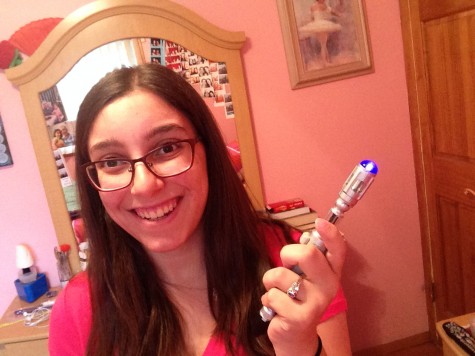
A lover of all things entertainment and a senior this year, this is Steph’s first year reporting for The Eagle’s Cry. Very much in the background of...

